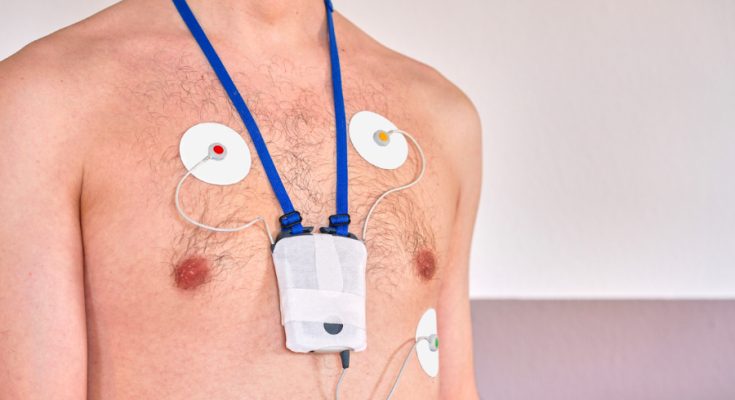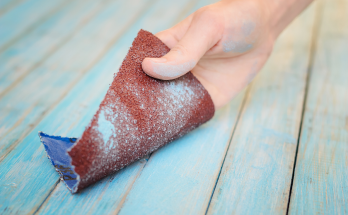Humans are built with many systems working in the body. Vital organs such as the heart play an important role in ensuring humans are alive. The heart never stops working throughout a person’s life. Many people would think taking care of the heart is not an important thing until they are faced with heart diseases. Thus, health screening helps to evaluate heart functions and to identify if there is something wrong with the heart. One of the devices used to detect heart problems is a Holter monitor.
A Holter monitor is a small device that records the heart’s rhythm. A Holter monitor device is a battery-operated portable device that operates continuously for 24 to 48 hours or even longer. The device is usually the size of a small camera and has wires with silver electrodes attached to the skin. This device is used when an electrocardiogram (ECG) does not provide enough details on the heart’s condition. The ECG test only gives information of the heart’s activity at the time the ECG test is done but abnormal heart rhythm and heart symptoms may come and go outside of the ECG test. Thus, Holter monitors can give clear information and much more evidence regarding heart problems by tracking the heartbeat and its rhythm while the patient is performing their usual daily routine.
A Holter monitor is also known as an ambulatory electrocardiogram. Healthcare providers usually recommend the use of a Holter monitor if a person shows signs or symptoms of an irregular heart rhythm (arrhythmia), unexplained fainting or heart condition that increases risk of arrhythmia. Symptoms such as dizziness, shortness of breath, chest pain and irregular heartbeat may be signs of heart problems which need a Holter monitor when ECG test results do not yield results as expected by doctors.
Holter monitor not only gives information on the irregular heart rhythm but also helps doctors to know if medicines prescribed by doctor are working and to understand if the heart is getting oxygen needed. Holter monitoring is a safe and painless test with no significant risks. However, some people might experience mild skin irritation due to the tape or adhesives used to attach the device on the skin. People with skin allergies should be careful and let technicians or doctors know before Holter monitors are attached.
People who are asked to use this device might wonder, how to actually sleep with a Holter monitor? The most important thing when sleeping with this device is to sleep in the most comfortable way. It is recommended to sleep on your back and make sure the monitor is positioned at your side so that the electrodes and wires stay in position on the body while remaining securely attached to the recording device. Some people might find that sleeping on their side with the monitoring device placed beside their body is the most comfortable position to sleep without affecting the device function. One thing for sure, the Holter monitor must remain close enough to the body that the electrodes are not accidentally pulled off from the chest. Some people attach the device to a t-shirt or the waistband of their pyjamas.
Using a Holter monitor should not be a hassle. This means that a person using the device should feel comfortable having the device attached to them while able to do their daily life routine. If you still struggle to sleep with a Holter monitor on, you may want to take medication to help you sleep but please talk with your doctor first before taking one. Although the Holter monitor does not pose strict restrictions to what people can do in their life, they should make sure to avoid swimming, taking showers or taking bath as the monitor should not get in contact with water or get wet. Patients should stay away from high-voltage areas, metal detectors or large magnets such as certain electrical devices at home. Patients should not be having x-rays tests while wearing the monitor. Patients are advised to not put lotion or moisturiser on the chest as this may affect the attachment of the electrodes and wires. A Holter monitor should not be removed until testing has been completed and medical professionals remove the device themselves. However, if patients do experience chest pain, shortness of breath or lightheadedness when wearing the monitor, they should quickly tell a doctor as these may be signs that the device may need to be removed and for doctors to quickly provide treatment.
Patients are usually provided with a diary to take note of activities or symptoms during the test. Keeping an accurate diary helps both doctors and patients to understand the heart conditions. This diary will be compared to information provided by the Holter monitor. Results of the test may be obtained in one or two weeks in forms of a report. From here on, patients may be prescribed medications if there is concrete evidence of heart problems. Additional tests may be asked by doctors depending on the severity of the heart issues.



